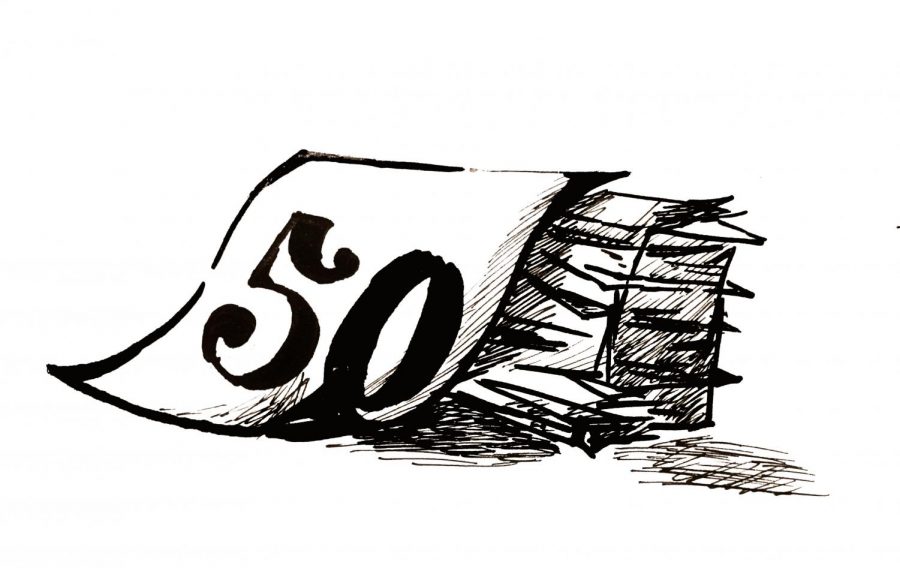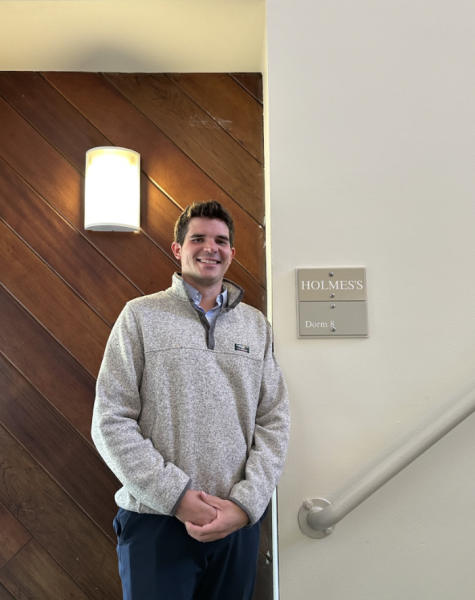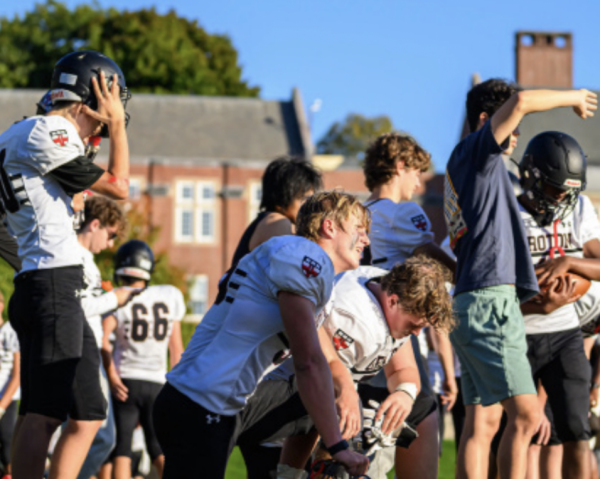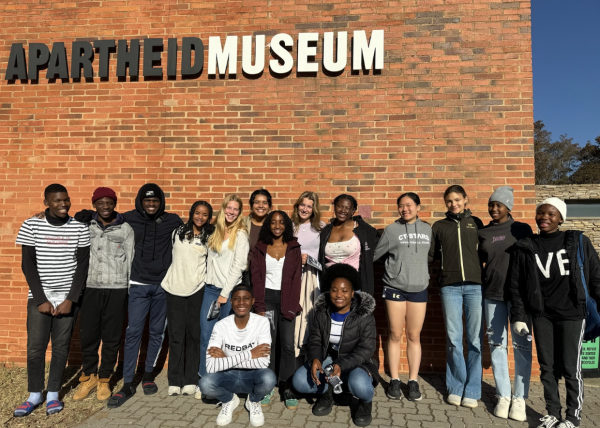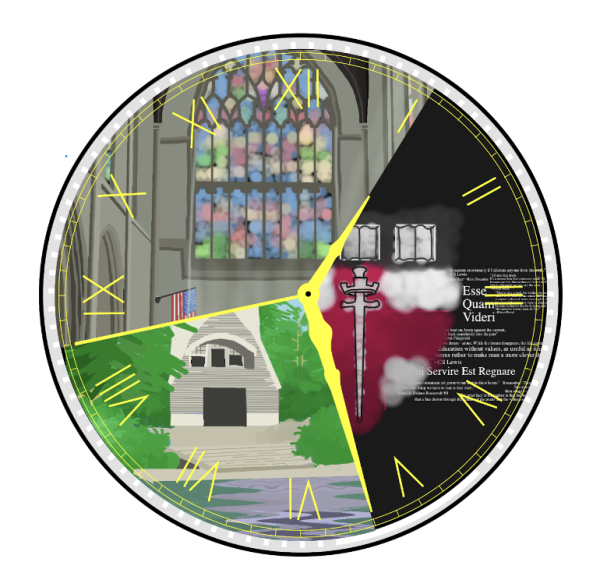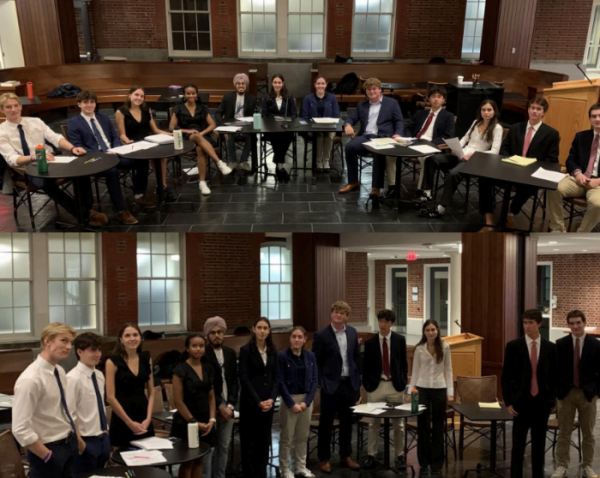The Circle Voice Celebrates 50th Anniversary
During the 1960s and 1970s, amidst the Vietnam War, America bubbled with social change and civil unrest, as did Groton students. In 1969 students created The Circle Voice to serve as the student body’s own form of expression. Fifty issues later, we peer backwards to re-examine this rich history that informs the ideological foundation of our school’s newspaper.
According to Latin teacher Andy Reyes ‘80, The Circle Voice drew inspiration from the New York City newspaper Village Voice (which has since been dissolved) for both its name and founding principles, like standing up to power.
Mr. Reyes also explained that The Circle Voice was, “the voice of the people,” giving the students the opportunity to “advocate for change” and “voice their complaints regarding teachers, administration, and policies.”
In the first issue, editor-in-chief Walter Mead II ’70 and the rest of the staff declared that The Circle Voice “would not confine itself to movie reviews or to the reportage of athletic events, but would work to become one of the most significant expressions of student opinion on this campus.”
Workshop teacher and school archivist Douglas Brown ’57 explained that before The Circle Voice, the student’s primary form of expression lay in the Third Form Weekly, which “discussed trivial matters” and excluded opinion pieces which the student body coveted so greatly. With the launch of The Circle Voice, students finally had a vehicle for honest expression in which they could share their uncensored complaints and views with the rest of their community.
During its early years, The Circle Voice was printed in a press below the Schoolhouse by fifth and sixth formers and issued once every two weeks. In 1985, the printing press was removed, and the production of the newspaper continued off-campus. As The Circle Voice evolved, so did its material, and the “revolutionary” attitude, as described by Mr. Brown, seemed to fade away. By the early 2000s, The Circle Voice lost a great deal of its controversial content pertaining to unhappiness in Groton administration and became a “banner for the school,” according to Dr. Reyes.
Michael Gnozzio ’03 described the newspaper during the early 2000s to be “extremely similar to the current Circle Voice,” citing how it also primarily covered informational pieces. One difference that Mr. Gnozzio pointed out was the “Low Notes,” a small section of The Circle Voice discussing relationship gossip. Although Mr. Gnozzio found the Low Notes, “intrusive and immature,” they were a popular portion of the newspaper at the time and attracted student readers. The Circle Voice no longer contains this section, but Mr. Gnozzio compared Low Notes to the current Humor Section. Both this shift in subject matter and the alterations made to printing and publication (the paper now prints monthly) depict the changes that The Circle Voice underwent over the past three decades.
In many ways, The Circle Voice mirrors the ways in which Groton evolves on cultural and institutional levels. In recent years, The Circle Voice has continued to develop; editors created The Circle Voice website in 2016 and increased coverage of international events.
Today, The Circle Voice looks towards the future with excitement, as the staff increases the number of opinions pieces, revamps the graphics and paper design, and increases the newspaper’s online presence. Though The Circle Voice has changed greatly in the past 50 years, it has remained a consistent outlet for the students to make their voice heard among the Groton community.


